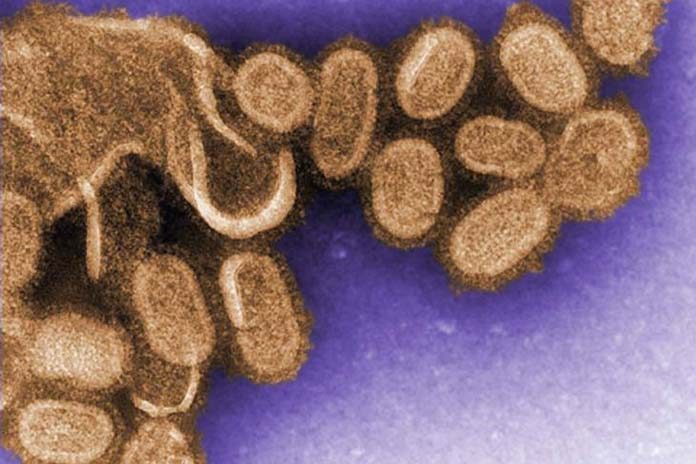
The research, published in the Journal of Virology, demonstrated that small genetic differences in the virus surface proteins can prevent antibodies that protect against a “mild”, or low pathogenic, form H7N9 virus from binding to a more virulent, or high pathogenic, H7N9 virus.
This protein on the surface of the influenza virus, a glycoprotein called haemagglutinin, enables the virus to attach to cells and initiate entry into them – the first stage of infection. Antibodies that bind to the haemagglutinin prevent this process, hereby preventing infection. “We discovered that a single amino acid substitution on the H7N9 haemagglutinin, changes its structure enough to reduce antibody binding levels between the two pathotypes”, said Professor Munir Iqbal, head of the Avian Influenza group at Pirbright.
“This suggests that a single vaccine might not be able to protect against both low and high pathogenicity H7N9 viruses if they carry different amino acid residues at the identified site, stressing the importance of continually monitoring outbreak strains for genetic changes in this region”, added Dr Iqbal.
However, the team also demonstrated that antibodies produced against the high pathogenticy H7N9 virus showed strong cross-reactivity to both the high and low pathogenicity viruses compared to the antibodies produced against the low pathogenicity virus. This finding suggests that vaccines developed from high pathogenicity strains might be better vaccine candidates when considering the need to protect against both high and low pathogenicity H7N9 viruses infecting poultry and humans in China.
H7N9 viruses are currently circulating in China’s poultry populations, and have so far caused over 1600 human cases, more than 600 of which have resulted in death – around a 40% case fatality rate. The impact on human lives is in addition to the heavy blow the virus has delivered to the poultry sector, which lost an estimated US$60 billion between 2013 and 2017 through direct production losses and indirect costs associated with vaccination and reduced poultry consumption by the Chinese population.
Understanding how influenza viruses evolve in response to the host animal’s immune system can allow scientists to examine field strains for signs of mutations that could reduce the effectiveness of vaccines. The team’s findings underscore the need for further research into understanding the effect of genetic variations at the site they identified in the heamagglutinin. This will be important in order to ensure that vaccines show strong cross-reactivity with circulating strains and that they are effective against both low and high pathogenicity H7N9 virus variants.
Source: Pirbright Institute

















